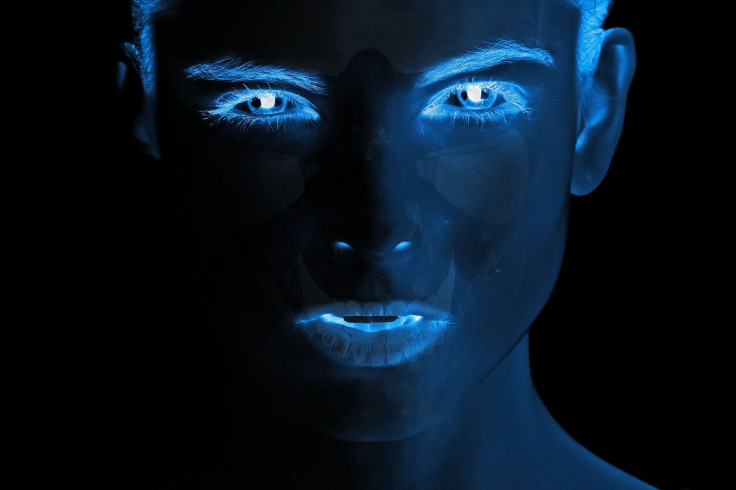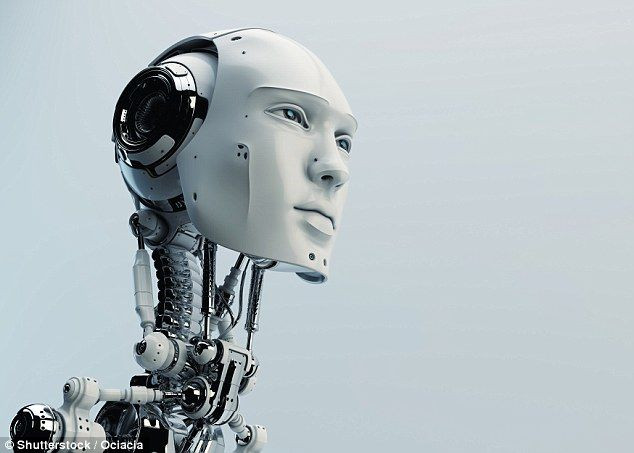Samsung’s Deepfake AI Creates Videos Using Just One Photo

Samsung has developed a way to create animated videos of a person using resources as little as one still photo. This technology is beyond what previously existing similar technologies are capable of doing, and people are getting worried about it.
Researchers from Samsung’s AI Center in Moscow, Russia, developed an advanced “deepfake” AI that is capable of creating eerily accurate animated videos of people even though it had nothing but a single still photo to work with, The Verge reported. Their work has been published on paper recently and can be downloaded in PDF here.
Just one photo
The paper titled "Few-Shot Adversarial Learning of Realistic Neural Talking Head Models" was first seen by Motherboard. It described in detail how Samsung’s researchers were able to develop an algorithm that could produce such accuracy in creating deepfakes.
Usually, neural models need to be trained with a lot of reference material before they can be able to create deepfakes. The more reference material is given to a neural model, the more accurate the generated fake video will be. The new paper, however, showed a neural model that can create fake videos with as little as one photo.
The researchers explained that the new deepfake AI was able to create amazingly accurate fake videos by training the algorithm on important facial features like the shape of the face, the eyes, the shape of the mouth, and more. These features were taken from more than 7,000 images of celebrities from YouTube videos.
Feeding the AI one still photo results in a surprisingly accurate fake video based on that single photo. Feeding the AI eight or 32 photos will result to an even more accurate deepfake that could be mistaken for a real-life video recording.
The researchers showed how accurate the deepfake AI is by turning photos of popular personalities -- dead or alive -- into videos featuring silently moving lips and facial expressions.
Interested people who look into the research paper will see Albert Einstein, Fyodor Dostoyevsky, Salvador Dali and Marilyn Monroe talk silently as if they each posted a Facebook Story. Even more interesting is how the AI successfully created a vibrant and animated Mona Lisa, complete with her famous smile.
Valid fears
Of course, with technologies like this, people will always be concerned as to how they can be used. The Verge noted that there’s a possibility that it can be used for wrong or malicious purposes, simply because deepfakes were originally created to put people’s faces in lewd videos, like what happened to Hollywood actress Scarlett Johansson.
Dartmouth researcher Hany Farid also told CNet that a deepfake AI with this level of accuracy could also be used for misinformation, election tampering and fraud.

© Copyright IBTimes 2024. All rights reserved.





















